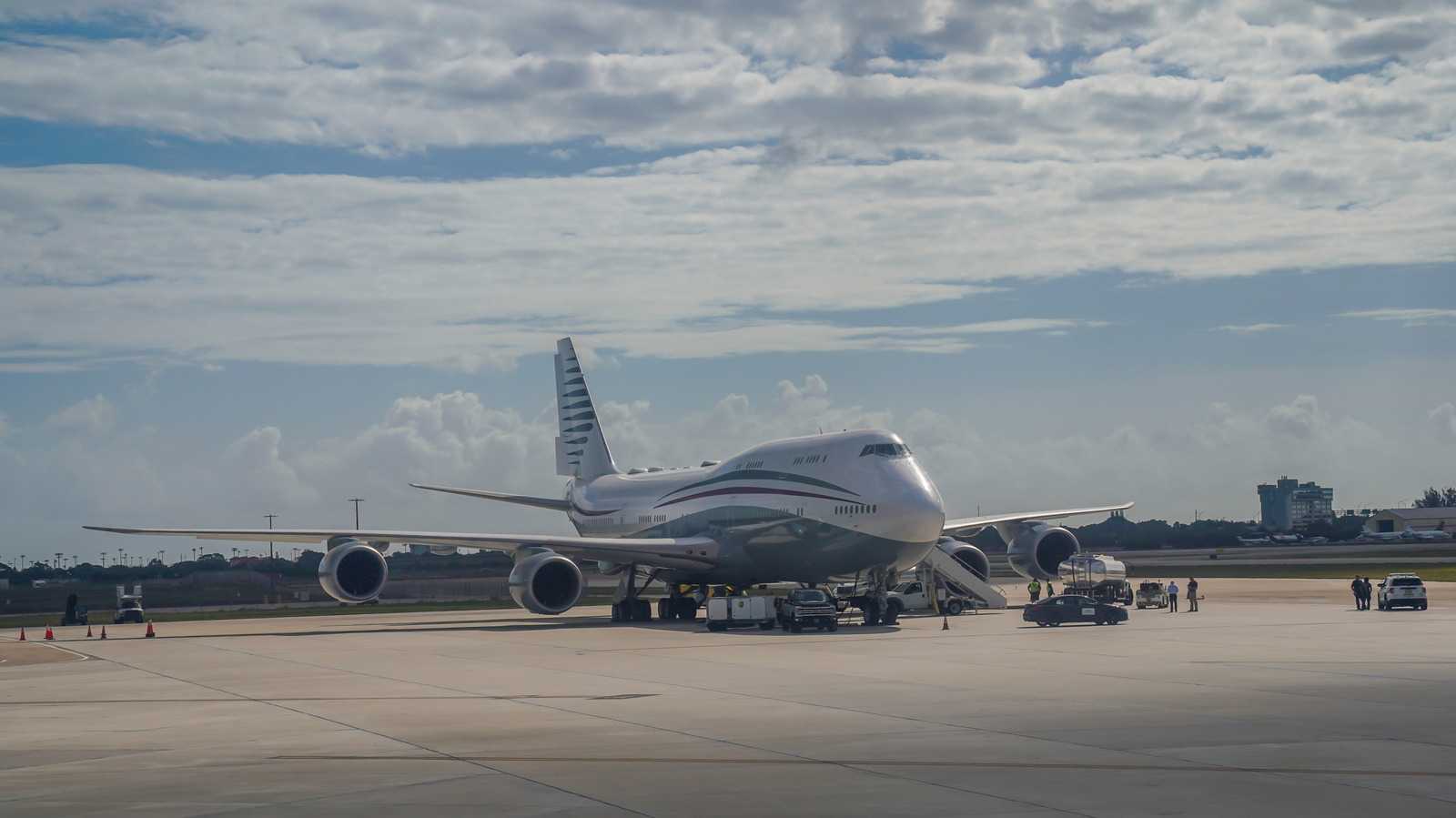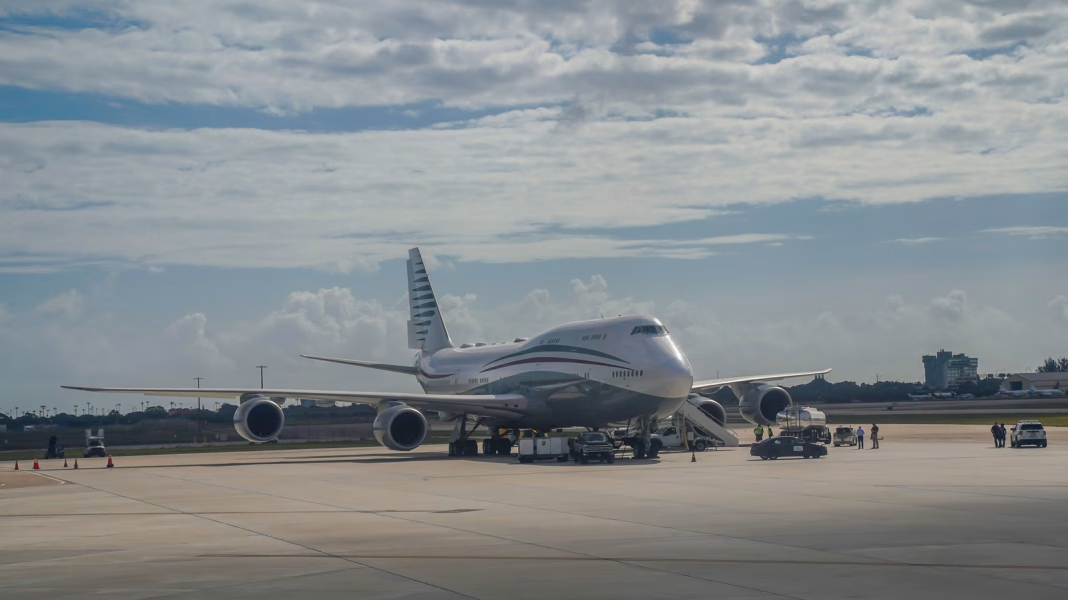When it comes to security, especially for high-profile individuals like former President Donald Trump, the stakes are incredibly high. Recently, there’s been buzz about the Department of Defense (DoD) conducting a thorough sweep of Trump’s new plane, a Qatari 747, for any hidden recording or listening devices. This raises an interesting question: how many of these devices might actually be found?
Understanding the Context of Security Sweeps
First off, let’s talk about why these sweeps are so crucial. In an age where privacy is increasingly compromised, the potential for surveillance—whether through bugs, cameras, or other means—poses a serious threat. For someone like Trump, who has been a polarizing figure, the implications of being surveilled can be significant, not just for him personally, but also for national security.
The DoD is known for its meticulous approach to security, especially when it involves individuals with access to sensitive information. They’ll likely employ advanced technology and experienced personnel to ensure that every nook and cranny of the aircraft is inspected. But what does this mean in practical terms?
What Might They Find?
While it’s hard to predict exactly how many devices might be uncovered, we can consider a few factors. First, the aircraft itself is a complex environment. With numerous systems and compartments, it’s not uncommon for even the most seasoned security experts to miss something. However, the DoD’s expertise means they’re likely to be thorough.
The types of devices they might find could range from simple audio bugs to more sophisticated surveillance equipment. The latter can be particularly tricky to detect, especially if they’re designed to blend in with the aircraft’s existing technology.
Real-World Examples of Security Breaches
To put this into perspective, let’s look at a few real-world scenarios. There have been instances where high-profile individuals have been targeted by surveillance. For example, during the Cold War, various leaders were known to have their offices bugged, leading to significant diplomatic tensions. More recently, reports have surfaced of foreign entities attempting to infiltrate the communications of political figures, which highlights the ongoing relevance of these security concerns.
The Importance of Proactive Measures
So, what’s the takeaway here? It’s not just about the potential number of devices that could be found; it’s about the broader implications of security in our modern world. The DoD’s sweep is a proactive measure, reflecting a commitment to safeguarding sensitive information.
In a time when technology is advancing rapidly, the methods of surveillance are becoming more sophisticated. This means that the need for vigilance is more critical than ever. Whether it’s a former president or an everyday citizen, the potential for unauthorized surveillance is a reality we all face.
The big takeaway? The DoD’s sweep isn’t just about finding bugs—it’s about reinforcing the importance of security in an increasingly interconnected world. Keeping our communications private is a shared responsibility, and every little measure counts. If you’re concerned about your own privacy, consider taking steps to secure your devices and communications. Start with one change this week, and you’ll likely spot the difference by month’s end.


